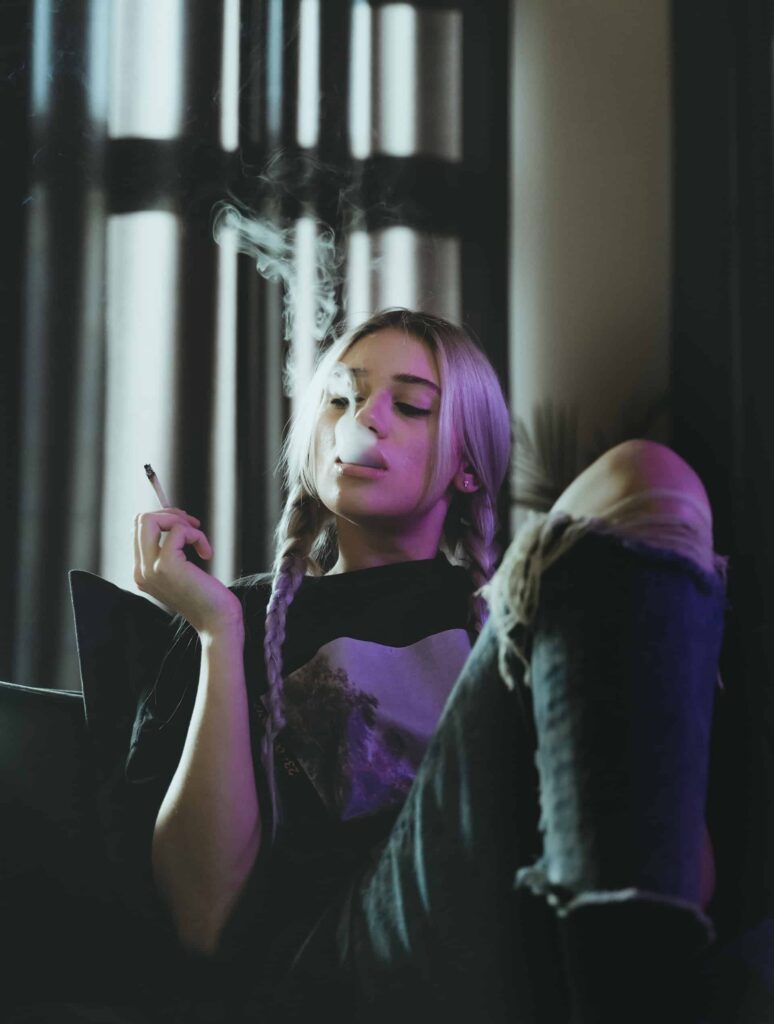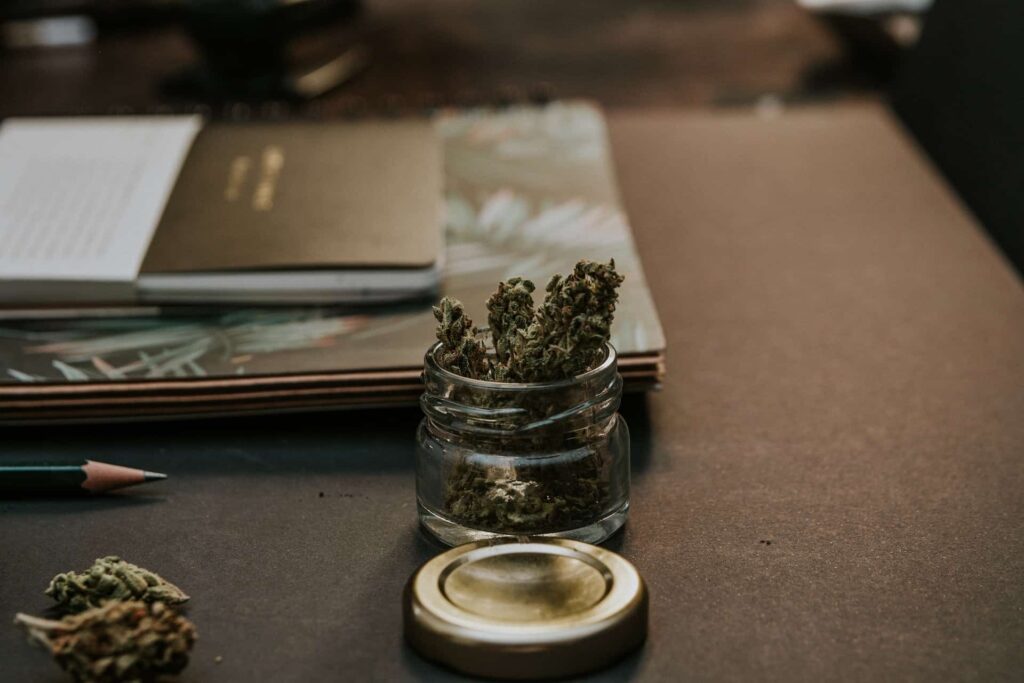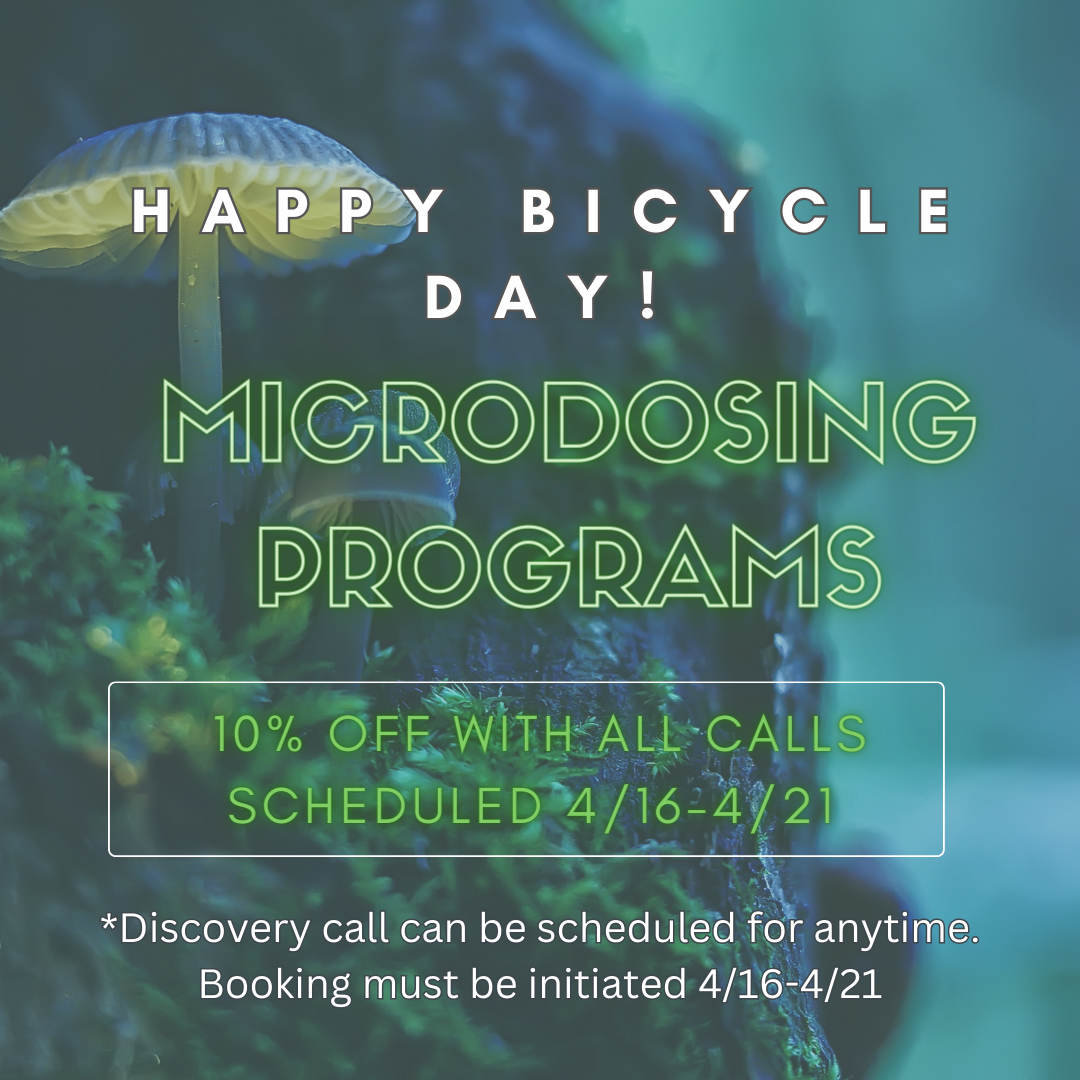Cannabinoids and Psilocybin are two sides of the same coin. While cannabinoids come from the cannabis plant, Psilocybin is one of the most active compounds in psychedelic mushrooms. Scientists are presently considering a possible point of interaction between the two compounds and their possible use in medicine.
A 2022 research published in Drug Science shows the possibilities of creating a pill from both compounds. Their findings suggest combining cannabinoids and Psilocybin may be useful for people suffering from breast cancer. There are also reports on how combined therapy involving medical cannabis and Psilocybin may be useful for people suffering from mental disorders. Although these research studies are preliminary, scientists believe this will be a breakthrough in the psychedelic industry.
Cannabis and magic mushrooms perfectly define a blessing from a curse. While most regions of the world believe these plants should be prohibited and not allowed to see the light of day, scientists keep uncovering possible therapeutic potentials that show they are more of a blessing than a curse.
Cannabinoids and Psilocybin have evolved as one of the most powerful forces on earth. These compounds, although often considered psychedelics, have brought new hope to people dealing with mental disorders like PTSD, chronic pain, chronic seizures, and inflammations.
Cannabis and mushrooms have also served as an important part of historical recipes in Thailand and many parts of the world. This is why Thailand is becoming one of the biggest hubs for cannabis tourism in the world. This is well captured in an article posted on Cannabox, which talks about “The Ultimate Tourist Guide to Weed in Thailand.
To further understand how combining cannabis and Psilocybin can be useful to patients, this article will look at their possible similarities, the relationship between the endocannabinoid and serotonergic systems, and where the synergy between cannabinoids and Psilocybin can be useful.

Similarities between magic mushrooms and cannabis
The entourage effect
Cannabinoids and compounds in magic mushrooms are found to exhibit the entourage effect. Remember that magic mushrooms contain many compounds, including Psilocybin, psilocin, baeocystin, norbaeocystin, and aeruginascin.
While the cannabis plant can undergo the entourage effect between cannabinoids and terpenes, scientists have also discovered a possible entourage effect between aeruginascin and Psilocybin. Aeruginascin was found to modify the pharmacological action of Psilocybin to give an always euphoric mood during the ingestion of mushrooms.
The entourage effect found in cannabinoids and magic mushrooms can be harnessed to design a customized user experience.
Psychedelic effect
Some cannabinoids and psilocin have been found to provide psychedelic effects on users; hence one of the reasons they are considered a Schedule 1 drug in most regions. Note that psilocin is the active form of Psilocybin and is responsible for the feelings of euphoria after taking magic mushrooms.
Cannabis generally offers two types of high; the head high and the body high. As the name implies, a head high involves the feeling of euphoria, while a body high will make you sleepy. Cannabis Head and body highs are produced depending on the dosage and the type of cannabinoid involved. Generally, cannabis high is associated with delta-9 THC and its derivatives.
The psychedelic experience of magic mushrooms is known as the “psilocybin trip.” They are triggered by the interaction of psilocin and the serotonin receptors. This usually produces a head high that can last hours, depending on dose.
A cannabis high and psilocybin trip creates an altered sense of time, euphoria, and a deep connection between users and their environment.
Biphasic effect
Psilocybin and cannabinoids offer a biphasic effect. This is when they produce different effects based on their dosage. At lower or microdoses, Psilocybin and cannabinoids can provide many therapeutic benefits, including dealing with mental disorders like anxiety and depression. At the same time, at higher doses, they can trigger a head high combined with feelings of anxiety and depression. Microdosing is often recommended for people trying out cannabinoids and Psilocybin for the first time.
Targets and receptors
Cannabinoids primarily interact with cannabinoid receptors, while Psilocybin interacts with serotonin receptors. However, scientific reports show a connection between the endocannabinoid and the serotonin system. Cannabinoids like CBD were discovered to activate serotonin receptors, thus creating a possible point of synergy between the two compounds.
Relationship between the endocannabinoid and the serotonin system
The two systems work independently and synergistically to modulate neuronal activity throughout the brain. They are responsible for sculpting behavioral functions and have been widely reported to regulate emotional states, stress homeostasis, cognitive functions, food intake, and sleep.
Information from a 2021 study shows that the exogenous activation of CB1 receptors can modulate the release of serotonergic neurons in the dorsal raphe. The dorsal raphe nucleus (DRN) is a major source of neuromodulators in the central nervous system. It is the largest serotonergic nuclei, containing approximately a third of all the brain’s serotonergic neurons (5-HT neurons).
In general, it was discovered that exogenous (cannabinoids from the cannabis plant) and endogenous cannabinoids (endocannabinoids) can increase 5-HT neuronal activity in the dorsal raphe in a CB1-dependent manner.
It was reported by another group of researchers in 2022 that CBD can bind to serotonin. According to their findings, when serotonin is joined with the CB2 receptor, it can improve the activity of both receptors. Furthermore, it was concluded that the main neuroprotective effects of CBD were due to the activation of 5-HT receptors.
Possible use cases for combined cannabis and mushroom therapy
Shrinking tumors
Cannabis combined with psychedelics was found to significantly shrink tumors found in breast cancer. The researchers cited a possible overlap between the serotonin and ECS receptors as a possible reason for the anti-cancer properties.
Brain injuries and PTSD
Researchers are presently testing the possible creation of a pill from CBD and Psilocybin for brain injuries. This may be useful for mental disorders like PTSD.
Psychedelics-assisted therapy
The potential overlap between the ECS and serotonin receptors may be useful in improving the outcome of psychedelic-assisted therapy.
The researchers discovered that the simultaneous use of cannabis and serotonin psychedelics was associated with users’ more intense psychedelic experience.

Limitations/challenges of combining cannabinoids with Psilocybin
While Psilocybin and cannabinoids may show good promise as drug candidates for several conditions, some of the possible limitations are listed below;
Choosing the right cannabinoid
Cannabinoids differ in their ability to trigger the ECS receptors or create an overlap between the endocannabinoid and serotonin systems. For now, scientists will have to look at the possible interaction between certain cannabinoids like THC, CBC, CBN, THCV, and Psilocybin. There is also a need to check for possible drug-drug interaction.
Determining dosage
Dosage determination may be a big river to cross. People react to cannabinoids and Psilocybin differently, and determining a dose for a pill containing the two substances may be difficult.
Cannabis and Psilocybin Final Thoughts
Most information regarding the combination of Psilocybin and cannabis is still in preliminary research, and more data will be needed before jumping to conclusions. Let us know if you have any questions on Psilocybin and cannabinoids. We would love to hear from you.
Last Updated on September 29, 2023 by Megan Mbengue, BSN, RN, CHPN


